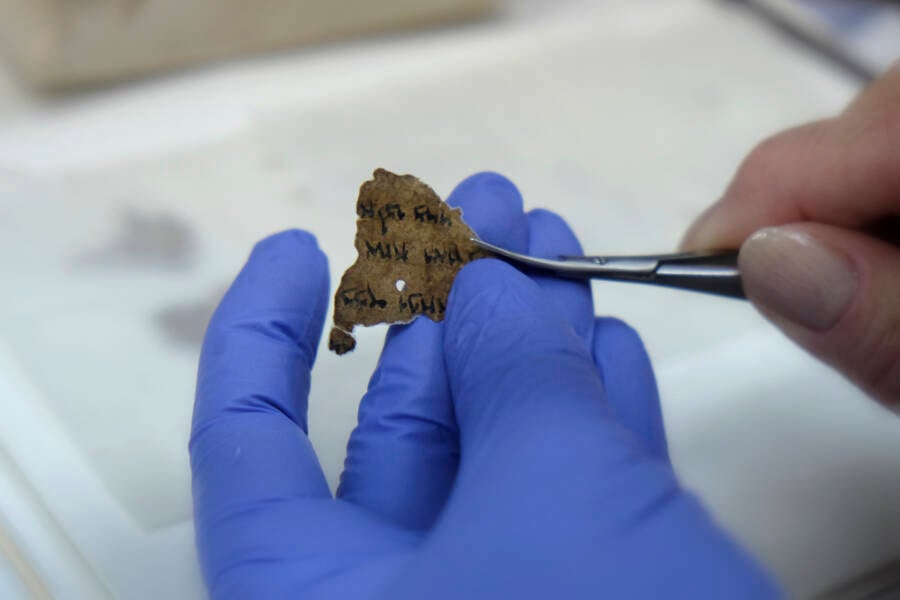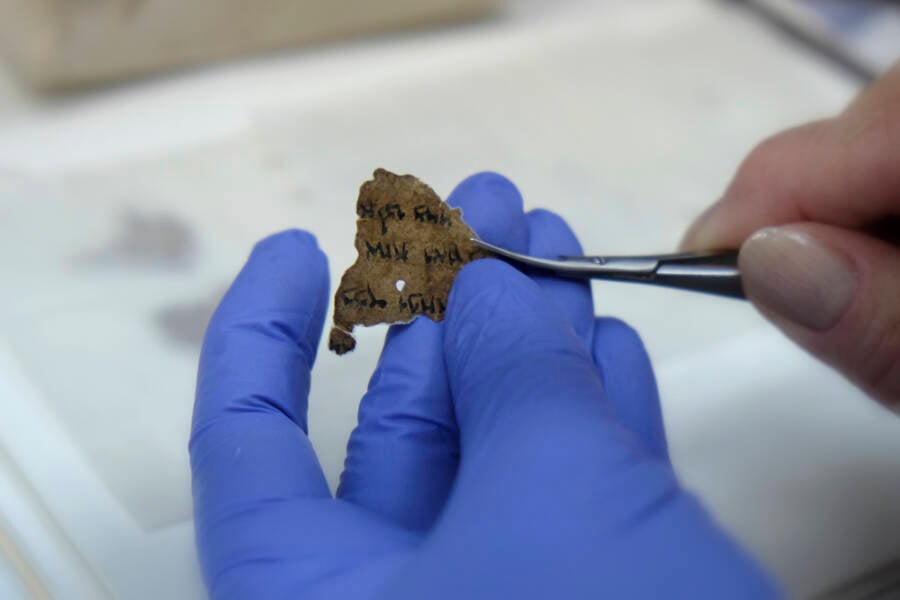Unlocking the Mystery: How the Dead Sea Scrolls Survived—and What Might End Them
What really keeps a scroll ticking after two millennia? Is it the perfect humidity, a divine intervention, or perhaps something a tad more… salty? The Dead Sea Scrolls have been the archaeological version of a miraculous survival story, with some scrolls looking like they could’ve been written last week, not 2,000 years ago.
Take the Temple Scroll, for instance. This 25-foot manuscript decided to play hard to get with decay, and guess what? It might be due to a special salty mineral coating that’s got scientists going “Oh, that's how you do it!”
Here’s the deal: salt, while something you might avoid right before a beach day, turns out to be a pretty splendid preservative. It has this knack for repelling moisture, essentially stepping up to say, “Not on my watch, decay!” But let’s spice things up further – these salts on the Temple Scroll aren’t your everyday table salt; we’re talking a mix of sulfur, sodium, calcium, and a few other party guests. Who knew that the scroll’s secret could be so deliciously complex?
However, there’s always a catch, isn’t there? This same salty shield, which has done a bang-up job for 2,000 years, can also turn tail and start pulling moisture from the air, potentially accelerating the scroll’s degradation if stored improperly. Talk about a fickle friend!
And here’s a question for the ages: where did this salty mixture come from? It’s not native to the Dead Sea or the Qumran Caves. Was it imported? Was there a scroll spa treatment going on back in the day?
Regardless, this study isn’t just a tale of preservation from antiquity; it’s unveiling secrets that could change how we understand and conserve ancient documents. Understanding the craftspeople of yore, their methods, their materials – it’s not just history, it’s a treasure trove for historians and conservators.
So, what can we learn from a piece of parchment with a bit of salt on it? That sometimes, the key to longevity might just lie in the minutiae, the overlooked, or in this case, the slightly briny.
To dive deeper into this salty saga, LEARN MORE.
A special salty mineral discovered on the Dead Sea’s Temple Scroll could be why the ancient manuscript has remained relatively so well-preserved for 2,000 years.

Roman Schuetz et al.A closer examination of the Dead Sea Temple Scroll revealed a unique salty coating on the ancient manuscript.
In addition to their unprecedented historical importance, the Dead Sea Scrolls are archaeological marvels. First discovered in 1946 by a shepherd in the Qumran Caves of the Judaean desert, this mysterious collection of ancient manuscripts comprising biblical texts, calendars, and astrological charts has long excited scientists — and left them wondering how they survived so well for some 2,000 years.
While many of the 1,000 documents have deteriorated over time, some of these ancient scrolls were indeed found in astoundingly well-preserved condition, especially one 25-foot piece known as the Temple Scroll.
Now, a recent study has uncovered what scientists believe is the key to its preservation — and its possible destruction.
As Live Science wrote, researchers recently examined the Temple Scroll using a multitude of X-ray tools and Raman spectroscopy (a technique used to figure out the chemical composition of a substance using laser light patterns). The team discovered that the Temple Scroll’s parchment was created using techniques different from many of the other scrolls.
Upon inspection, the Temple Scroll revealed traces of a salty mineral solution that was found only in a few other of the previously studied scrolls. The coating contains a mixture of salts made from sulfur, sodium, calcium, and other elements. Given that salt has strong properties for preservation, it is likely that this special salty coating was what saved the Temple Scroll from the natural elements inside the desert cave where it was found.

Getty ImagesMany of the uncovered Dead Sea Scrolls were found in fragments, which include biblical verses and astro charts.
On the flip side, however, the salty coating could also contribute to the ancient script’s deterioration as the salts detected on the scroll are known to suck moisture out of the air. This means that, if not stored properly, the salt minerals on the scroll could “accelerate [the scroll’s] degradation” instead.
But one thing still has scientists baffled: Where did this salty mixture come from?
Stranger still is the fact that none of the components that make up the salt coating on the scroll can be naturally found in the cave floors or in the Dead Sea itself. According to study co-author Ira Rabin of Germany’s Hamburg University, the mineral coating is consistent with the Western tradition of parchment preparation in which animal-skin documents are untanned or lightly tanned.
Because this technique was not common in the region in which this document was found, this suggests that the parchment for the scroll was likely exported from somewhere else outside the Dead Sea region.














